A History of Amherst’s Bangs Community Center
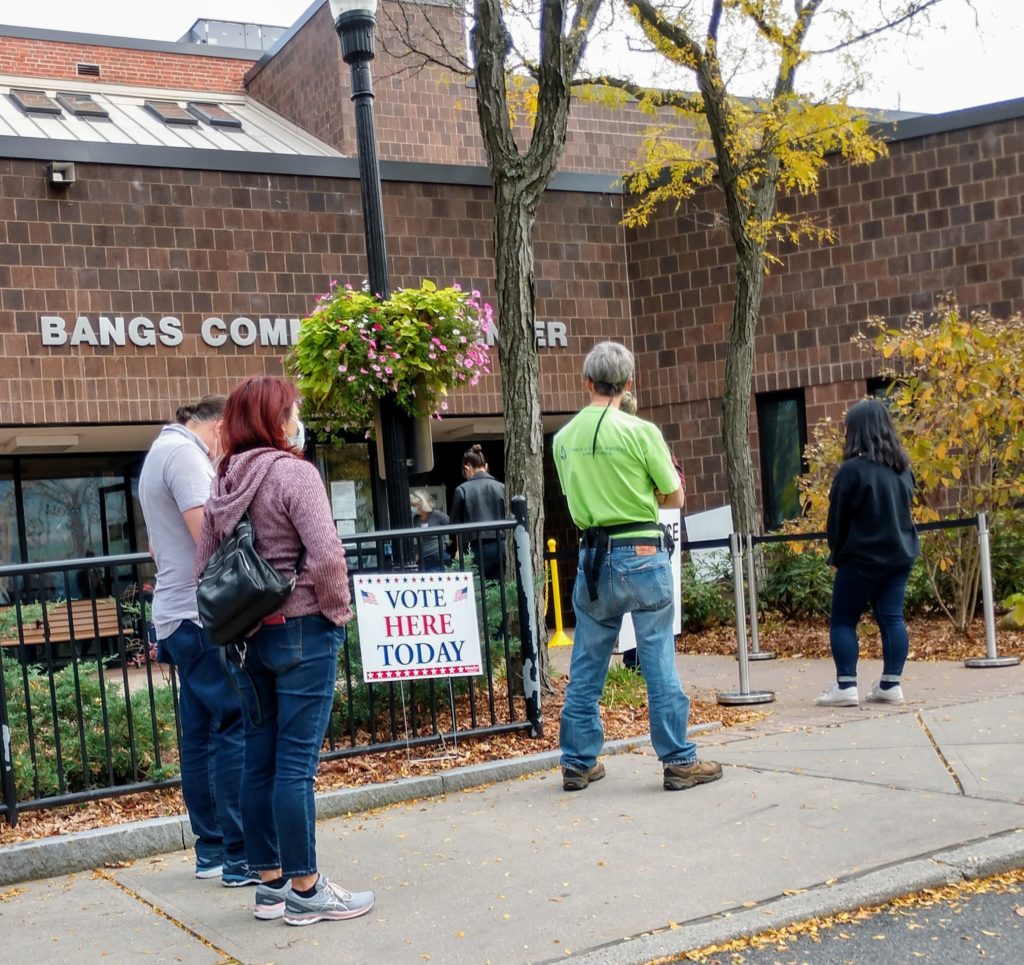
Early voting at the Bangs Center on Tuesday October 20., 2020. Photo: Janet Keller
Amherst History Month by Month
As I write this article, the annual Open House on April 8 for the Senior Center and Council on Aging at the Bangs Community Center has been canceled due to a broken elevator. I was looking forward to this event as an opportunity to remind myself how much is offered at a building in town that is quite hard to like. Perhaps it is time for a few appreciation ‘snaps’ as well as a little history lesson on how this building came about.
I consider the Bangs to be one of the most important public sites in town. The seeds of its development as a civic and service-orientated facility lie with the origins of the town’s public health department around 1897 and more recently (in the minds’ eye) of the Council on Aging that started around here in 1967. A senior center at that time was located on Kellogg Avenue. It was always envisioned that the new Bangs Center would serve a hot lunch program. Today such a service is accommodated more completely at our Amherst Survival Center and the Bangs space is considered only suitable for serving coffee and donuts. Having said that, the Bangs offers many services to our community especially since the Musante Health Center (the valley location for the three Hilltown Community Health Centers) was added in the rear of the site in 2015.

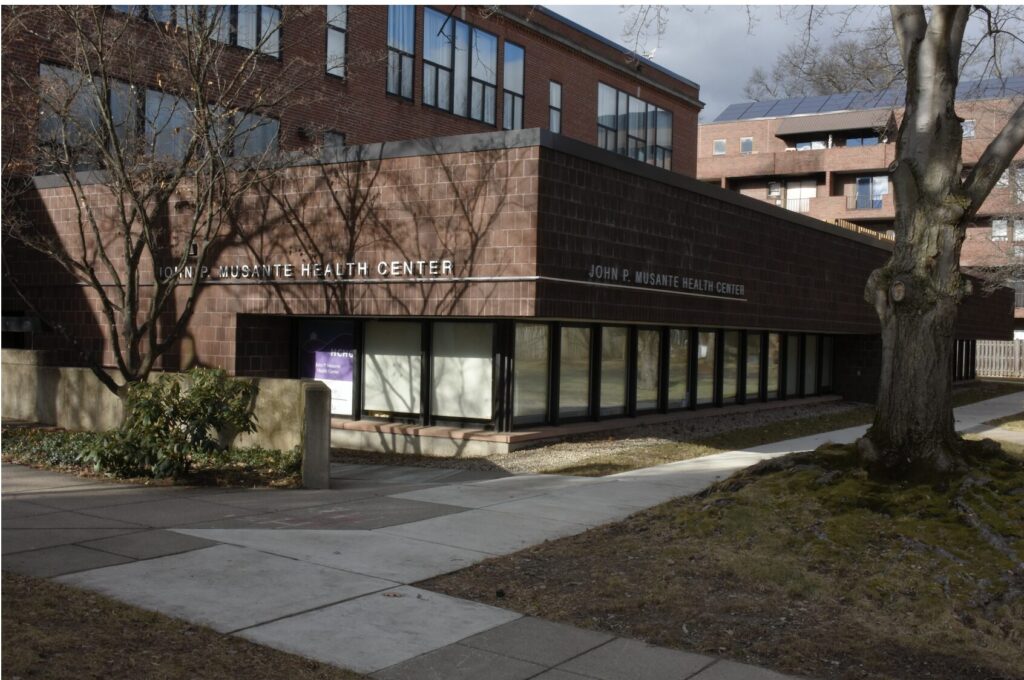
The Bangs also hosts town departments and is home to agencies such as those for veterans, for transportation services, for seniors, and for what used to be called Supplemental Education. In addition, there are several exercise classes, reiki sessions, Meals-on-Wheels type services, and special trips organized by the Friends of the Senior Center.
Perhaps, like me, you got your senior parking sticker here? Maybe you have grateful memories of free COVID shots at the Bangs during the worst years of the pandemic? Currently, there is an interesting exhibit space in the lower floor, dedicated to Amherst’s Civil War tablets and an office upstairs for our CRESS department.
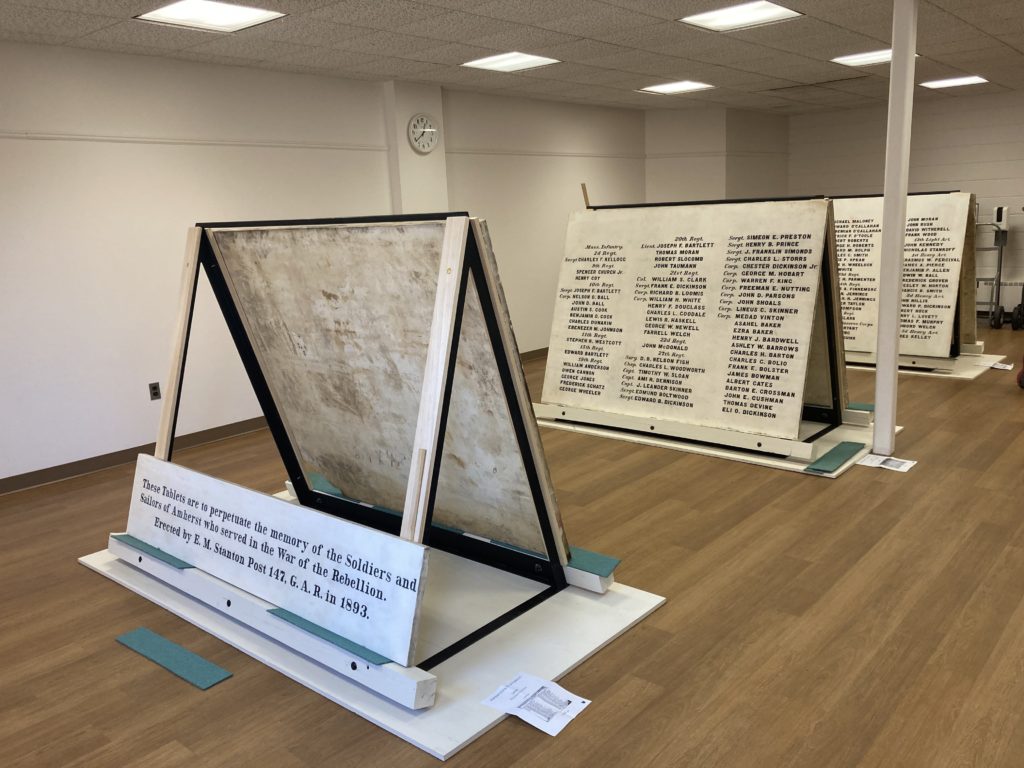
The building as we know it today began life as an Intermediate public school, constructed of red brick and located by Kellogg Avenue and Boltwood Walk. Other public schools for the town existed nearby on Spring Street (the old High School) and on Lessey Street (the new High School).
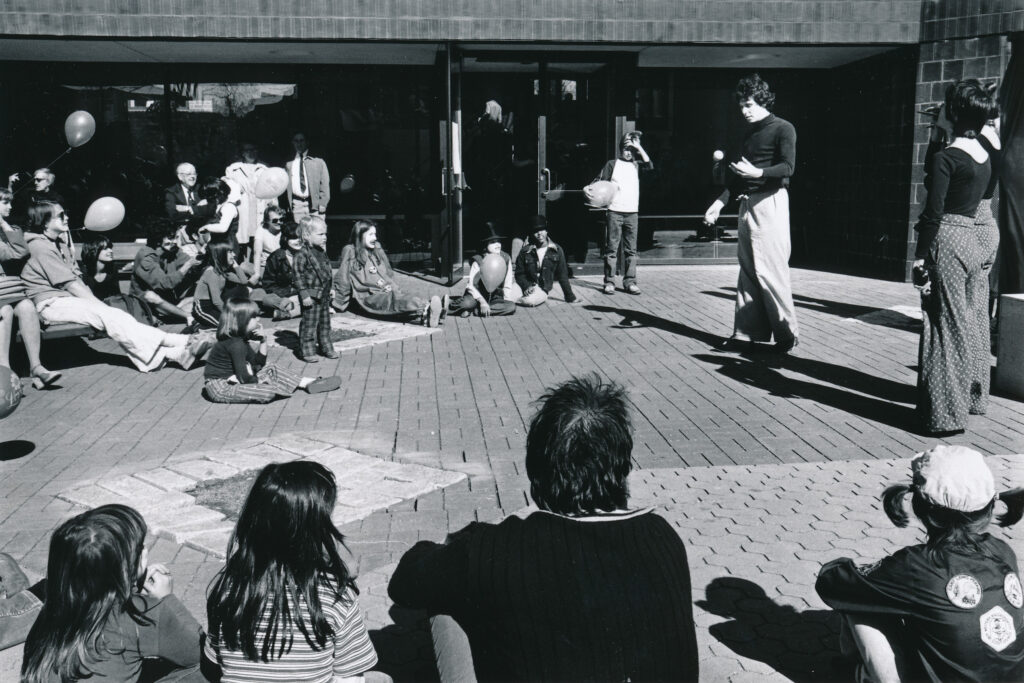
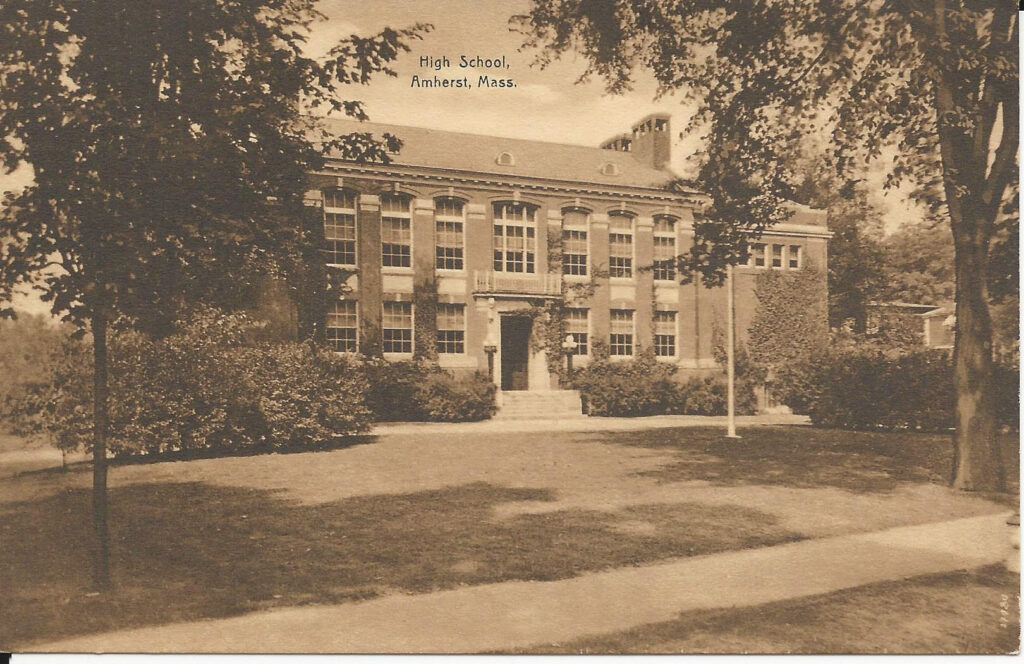
Many Amherst residents attended the nearby intermediate school on Boltwood Walk between 1929 and 1970. After that, they were accommodated at Wildwood School on Strong Street, further north.
During the era of urban renewal or urban“removal” in the late 1960s and early 1970s, many of the Northeast’s older brick structures were needlessly demolished to make way for parking lots or new construction. In Amherst, the decision instead was to commit to a $1 million remodeling and adaptive re-use project turning the old brick school into the Bangs Community Center. The goal was to create “a community within a community” – and this vision is still visible today. And the green spaces are still framed by the nearby Ann Whelan Apartments – that had just opened in 1975 – and the Bangs community center that opened in April, 1978.
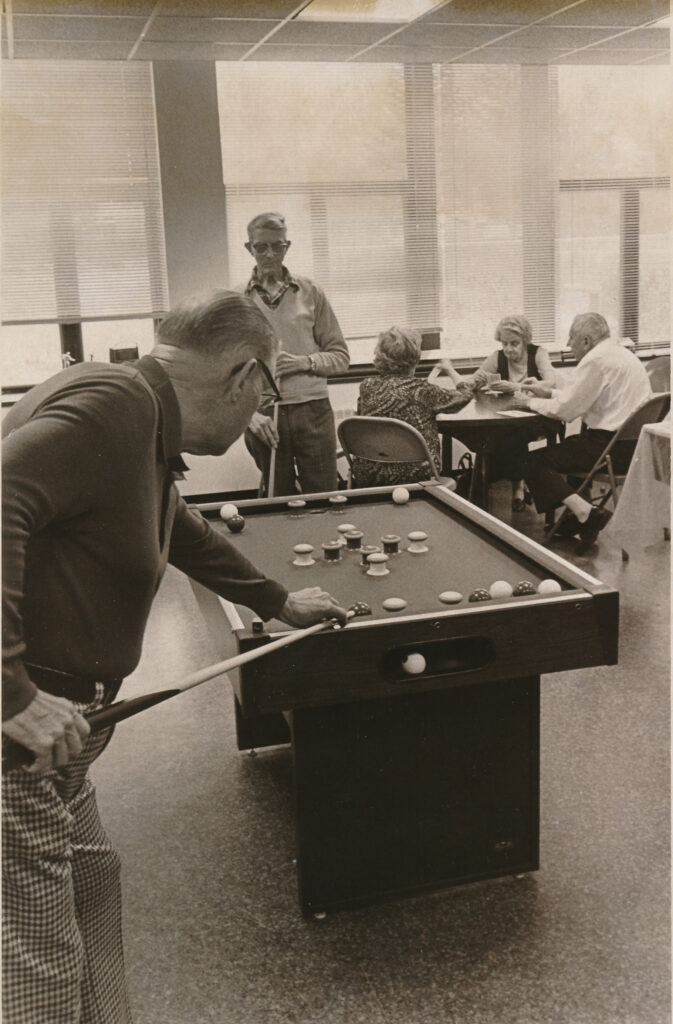
The architects for the remodeling project were Juster Pope Associates of Shelburne (now Northampton) and at one time, both partners of the firm taught at Hampshire College. Their program was a complex one to fulfill: to bring veterans’ services, health and senior services and other community needs that had been housed at Town Hall or in cramped quarters elsewhere onto this site in a successful manner.
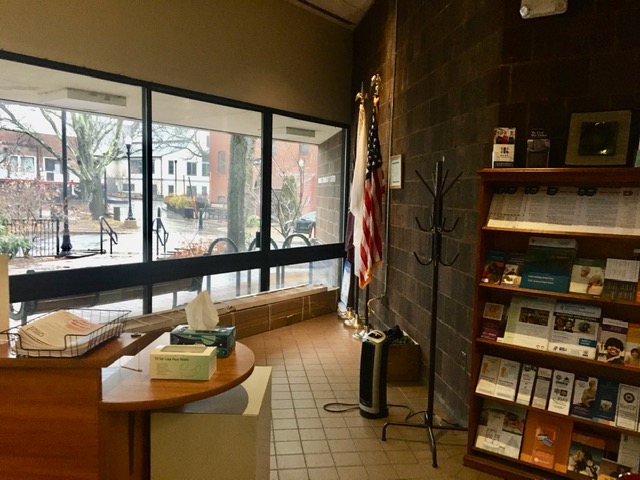
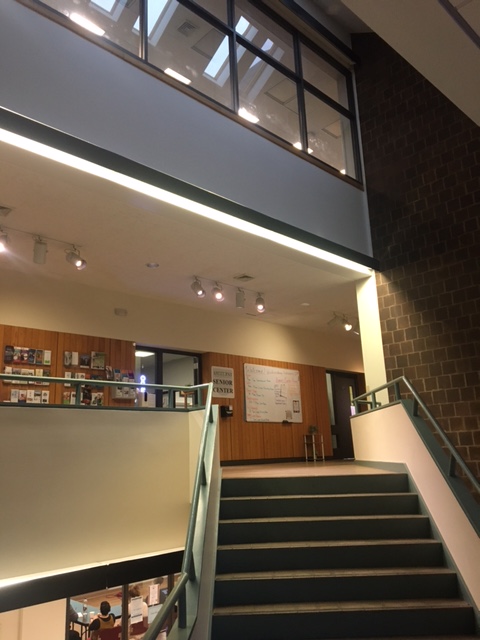
A trust fund in the name of Edward D. and Fanny Ward Bangs helped to finance the commission, keeping the final tab away (mostly) from the town’s taxpayers. The Bangs fund had been set aside – in Fanny Bangs’ will – for an Amherst-based hospital. This did not materialize. Their own home, on North Pleasant Street, became the new site of St Brigid’s rectory that was built next to the church.
On opening day, April 1978, Rep. Silvio Conte (R-1st Dist.) spoke at the dedication, suggesting that the town had been successful in “bringing so many services together under one roof.”

The building’s renovations and additions were also heralded as reinvigorating Boltwood Walk, the nearby shopping area (the now-demolished Carriage shops) and the downtown generally. Urban renewal was very much the heart of the project. I think the lesson to be learned is probably to not over-promise in relation to public buildings in town and their proposed additions because perceived needs always change, and this has been the case since the 1970s when the Bangs was envisioned. I hope the elevator will be fixed soon and that the open house will be re-scheduled (watch this space). I can attest to the fact that many of the teachers of exercise classes here work very hard – like the overburdened staff – to build community. I wouldn’t ever want to miss my classes here.

Here is info about the fall 2024 Open House – thanks to the Indy! https://www.amherstindy.org/2024/08/16/bangs-community-center-open-house-september-17/
I really love and appreciate the articles that Hetty is researching about Amherst history. I do have one small correction to make about the Bangs center and the schools in 1950s. I attended my 3rd and 5th grades at the Kellogg East and Kellogg West schools (located where the Ann Whalen apartments are now on Kellogg Ave) and the 2 story Intermediate School for 6th grade (located where the Bangs Center is now. ) The old High School which had been repurposed as the Junior High School was on Lessey Street (not Spring Street,) and the “new” High School (1956?) is on Mattoon Street. There was also the Amherst Academy building across from the Jones Library where I attended 1st and 2nd grade, now a parking lot. Again, much appreciation to Hetty for helping to keep Amherst History alive.